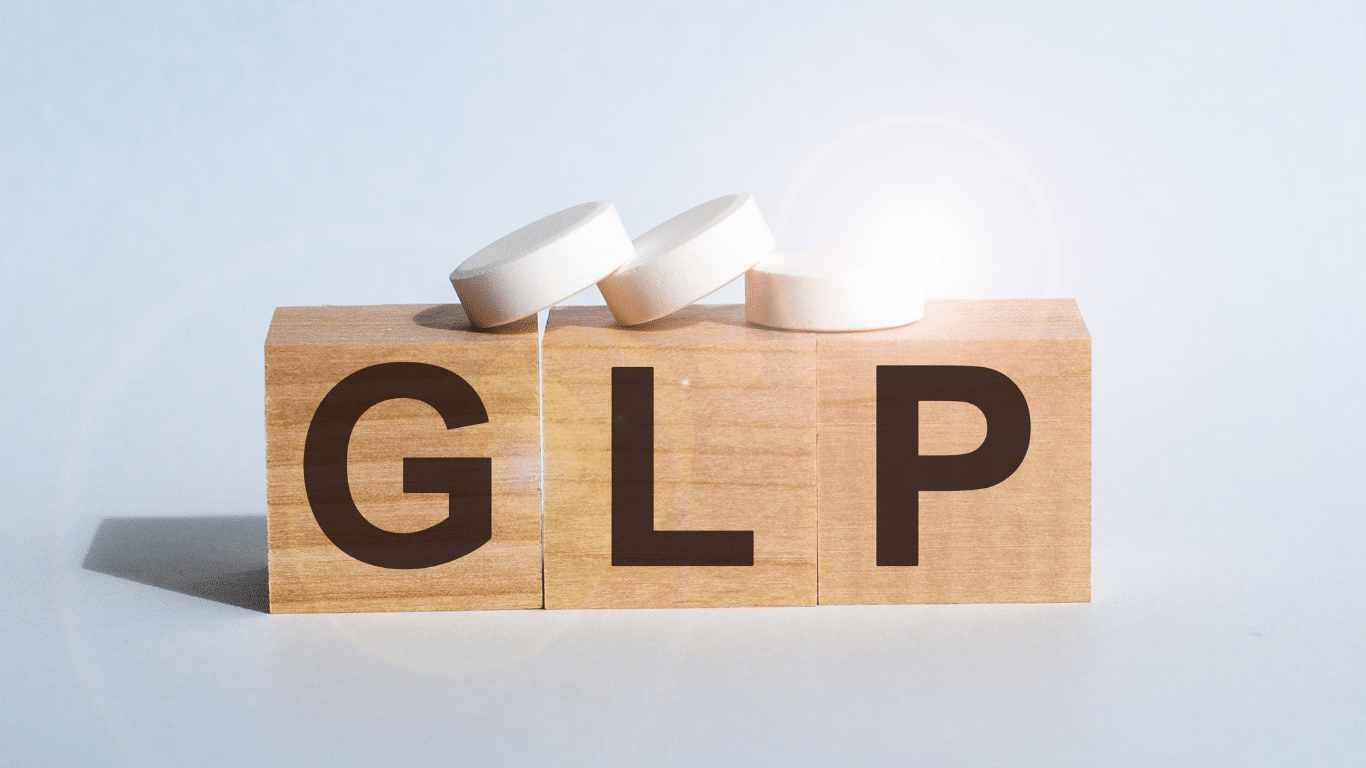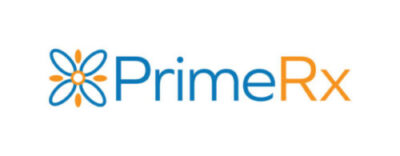The Dramatic Rise of GLP-1s: What Independent Pharmacies Need to Know

Introduction
As the nation’s pharmacists are well aware, Ozempic is hot. And so are Wegovy, Rybelsus, Zepbound, and Mounjaro. So hot, that spending on these drugs, which all fall within the GLP-1 classification, increased by 500% between 2018 and 2023, with a value projected to exceed $100 billion by 2030.
Much of this surge in demand has been driven by the realization that these drugs, developed to treat type 2 diabetes, also have tremendous weight loss benefits. One study, reported in the New England Journal of Medicine, found patients lost, after taking Wegovy for a period of 68 weeks.
Not surprisingly patients have embraced these drugs. Research by PriceWaterhouse Coopers (PwC) found as many as 10% of Americans currently use a GLP-1 medication, with 30%-35% interested in using them. When asked their purpose for taking a GLP-1, top answers included:
- Weight loss or maintenance 60%.
- Diabetes treatment 58%.
- Cardiovascular risk reduction 9%.
- Sleep apnea treatment 8%.
- Polycystic ovary syndrome 3%.
- Non-alcoholic fatty liver disease 2%.

While these drugs are certainly popular, they are also expensive. So expensive, that many patients can’t afford to buy them, and pharmacies can’t afford to carry them. According to Kaiser Permanente, the average cost of a GLP-1 medication is $1,349 per month. Most employer plans cover the drugs to treat type 2 diabetes, but not as a weight control option. Similarly, Medicare only covers GLP-1 drugs to manage blood glucose, even if a medication has been approved for weight loss. This includes Zepound, which has been approved by the FDA for weight loss. Despite this approval notes Medical News Today, “Medicare continues to be prohibited from covering the drug when necessary due to the Medicare Prescription Drug, Improvement, and Modernization Act of 2003.” This is the law that created the Medicare Part D prescription drug coverage program, which specifically excludes drugs used for “anorexia, weight loss, or weight gain.”
President Donald Trump addressed the high cost of GLP-1 medications when, on May 12, he signed an executive order directing U.S. drug manufacturers to reduce prescription drug prices. The president directed drug manufacturers to realign pricing so that U.S. consumers pay an amount similar to prices paid in other countries. Until then, affordability will remain an issue for many patients.
The May 2024 KFF Health Tracking Poll found more than half (54%) of adults who take GLP-1 drugs say it is difficult to afford the cost, including one in five (22%) who say it is “very difficult.” This includes patients who are able to get at least some coverage from their insurer, with 53% saying the medications were still difficult to afford. Not surprisingly, the survey found strong support for GLP-1 coverage for weight loss among Medicare beneficiaries. As the survey points out, roughly 40% of adults ages 65 and older are overweight or obese, yet they cannot obtain drugs that could facilitate weight loss.

New Strategies to Offset GLP-1 Losses for Pharmacies
Patients aren’t alone in having trouble affording these medications. Exceedingly low reimbursement rates make the drugsprohibitive for many pharmacies. Pharmacies that stock the drugs face the double whammy of having to pay thousands of dollars to purchase the medications, only to receive a reimbursement that covers only a fraction of the cost. Last year the National Community Pharmacists Association (NCPA) reported that 95% of pharmacists who dispensed GLP-1 drugs said they were losing money on the drugs. As a result, 14% decided to no longer stock the medications, and another 59% said they were considering not dispensing them.
However, since pharmacies are in the business of providing patients with the medications they need, most will be interested to learn about opportunities to manage costs. This includes patient out-of-pocket costs as well as pharmacy inventory costs. A few examples include:
Manufacturer coupons. Patients with commercial insurance may be able to take advantage of manufacturer coupons offered at point-of-sale. These coupons offer immediate relief from excessive costs. Pharmacies that rely on the PrimeRx pharmacy technology solution have direct access to these coupons. PrimeRx automatically locates applicable discounts, which are applied at point-of-sale. The process couldn’t be easier, but the benefits to patients can be quite significant, given the high cost of these medications.
PrimeRx MARKET for Online Drug Pricing Comparisons. Pharmacies can turn to the PrimeRx Market to identify pricing options for GLP-1 medications. With PrimeRx Market, pharmacies have real-time access to more than 40 of the nation’s top drug wholesalers and suppliers.
With PrimeRx MARKET, pharmacies have the pricing information they need in real-time and can seamlessly place an order with a preferred supplier.
PrimeRx MARKET is the preferred inventory management solution for thousands of pharmacies nationwide. Pharmacies can have confidence they are obtaining their expensive GLP-1 drugs at a competitive price, with a highly convenient process for placing orders and managing inventory.
In addition to affordability, pharmacists help patients understand their GLP-1 medications and raise awareness about potential side effects. Many patients, for example, are unclear about the differences between each medication, have never self-injected a medication before, or may be unclear about how long to remain on a drug. A study by Evernorth asked pharmacists about their role in the current GLP-1 surge. Top findings included:
- Educate patients about safe GLP-1 administration and side effects – 82%.
- “Talk patients through” how they may feel while on the medication – 73%.
- Provide information about proper GLP-1 storage – 66%.
- Provide information about possible drug interactions – 58%.
- Administer patient’s first injection as a demonstration – 49%.
Conclusion
In April 2025, the New York Times reported that Eli Lily will soon seek FDA approval for a new GLP-1 medication, orforglipron. Unlike other GLP-1 medications which must be injected and kept refrigerated, orforglipron will be available in pill form. This ease of use, the Times notes, means the new drug “has the potential to become far more widely used, though it is also expected to be expensive.”
As this example makes clear, manufacturers are keenly aware of consumer interest in GLP-1 medications and are working to develop products that are likely to increase demand. As more products become available, patients will no doubt have more questions. And as always, the nation’s pharmacists will be ready with the resources patients need and trust.

